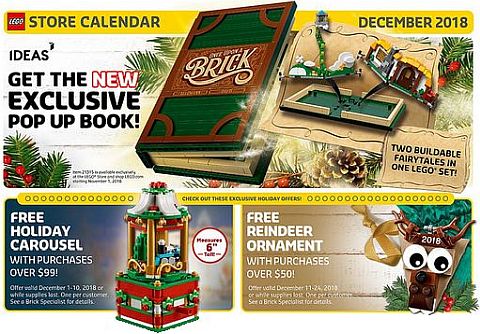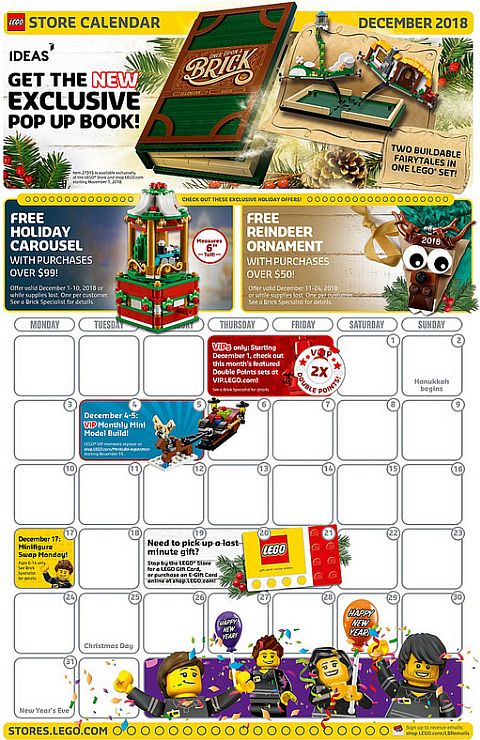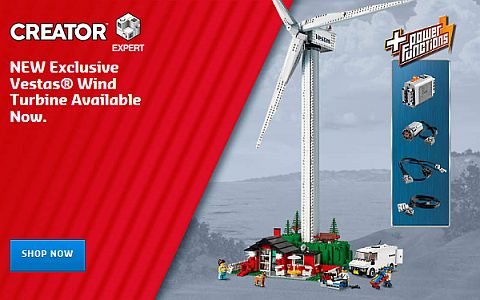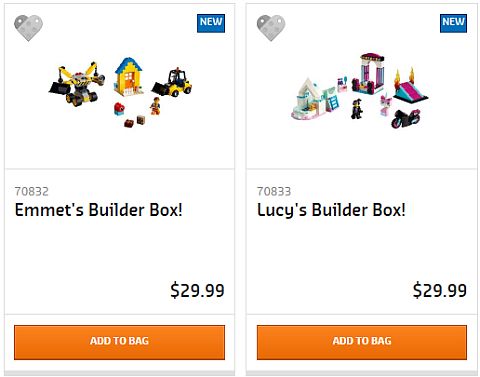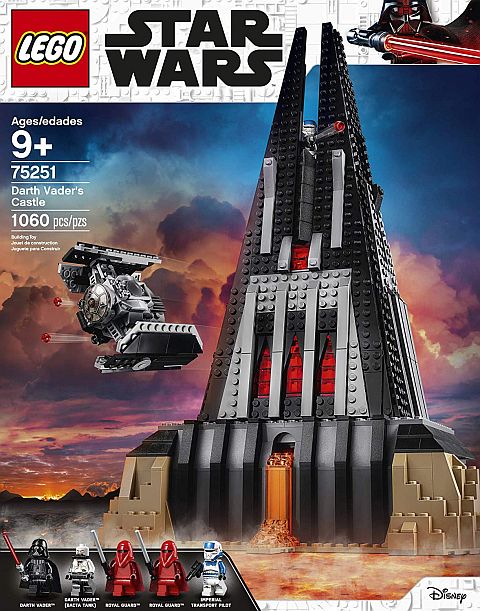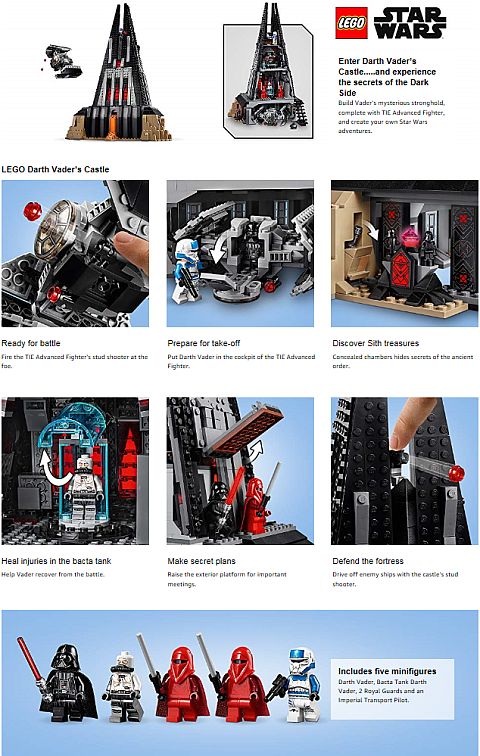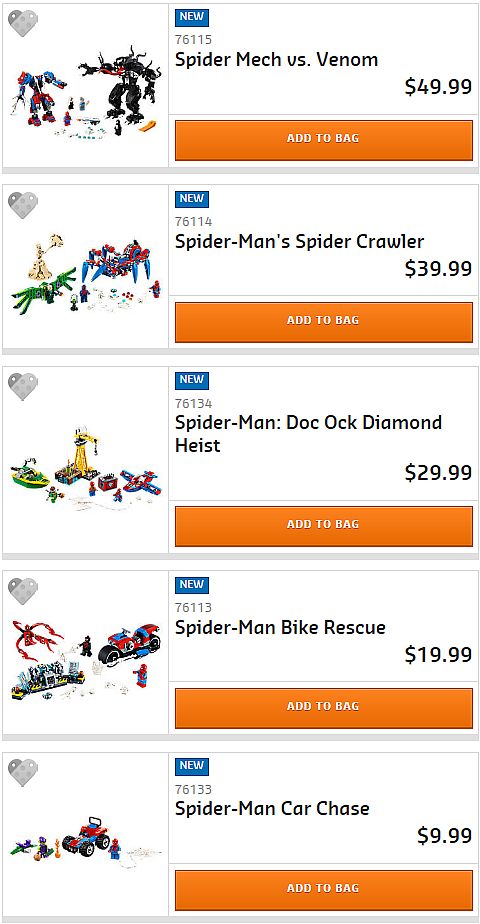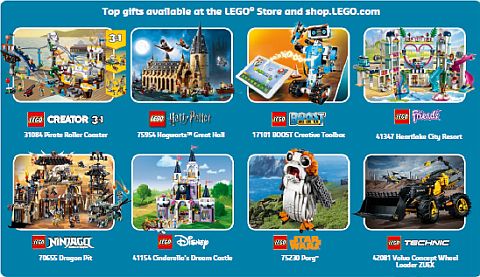Earlier today, LEGO revealed the next in the line of LEGO Creator Modular Building via their social media channels. The #10264 LEGO Creator Expert Corner Garage will be available on January 1st via official LEGO stores and the Online LEGO Shop. Below are the description, pictures, pricing, and other details of the set. Enjoy. 🙂
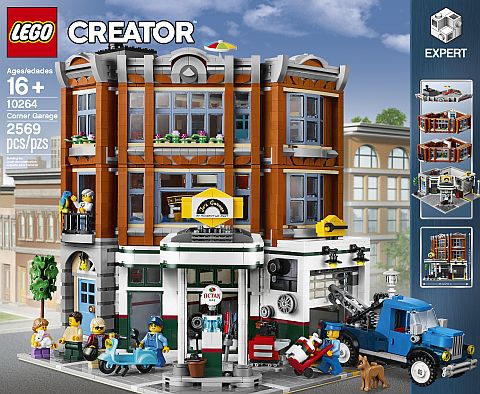
Here is the official description of the set: Discover surprises on all levels at the Corner Garage! Drop by the #10264 LEGO Creator Expert Corner Garage, where you’ll discover a world of fun and surprises! This amazing model comes with removable building sections for easy access to the highly detailed interior and comprises three stories. On the ground level there is a 1950s-style gas station with fuel pump, kiosk and a vehicle workshop complete with a roll-up door, vehicle lift and tire mounter. At the mid-level animal clinic, you’ll find an examination table, fish tank, and a waiting area with sofa, while on the upper level you’ll discover a well-equipped apartment with kitchen, TV, sofa, bed and a staircase that leads to a rooftop terrace with sun lounger, parasol and flower garden. The exterior of the building features a classic 1950s facade with signage, detailed windows and a decorative roofline, plus a sidewalk area with a tree and an ornate streetlamp. This charming addition to the LEGO Modular Building series has been designed to provide a challenging and rewarding building experience full of nostalgia. Also includes a scooter, tow truck, and six minifigures, plus parrot, bunny, dog, frog and fish figures.
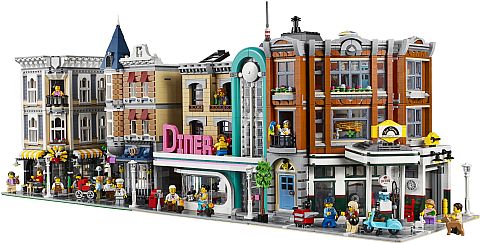
- Includes 6 minifigures: gas station owner, mechanic, vet, woman, man, and a girl, plus bunny, parrot, dog, frog and fish figures.
- The 3-level Corner Garage advanced building set comes with an array of brick-built details, including a detailed 1950s-style facade with gas station signage, windows, bay windows, arched doorway, roll-up vehicle workshop door, decorative roofline and a rooftop terrace, plus a detailed sidewalk area with tree and ornate streetlamp. This set also includes a tow truck and a scooter.
- Ground level features a gas station with a bucket and a fuel pump with a flexible hose, plus a kiosk and a vehicle workshop for car service and repairs, featuring a cash register, tool rack and trolley, oil drum, tire mounter, and working vehicle lift.
- Mid-level animal clinic features an examination table, parrot perch, fish tank and a waiting area with sofa, armchair, table and flowerpot, plus the animal doctor’s desk lamp, microscope, mug, newspaper, envelope, scissors, and syringe.
- Upper-level apartment features a well-equipped kitchen with cookies baking in the oven, sink, pan, mug, salt and pepper, spoon and spatula, plus a sofa, bed, an old-fashioned TV, and a bathroom with toilet.
- Rooftop terrace features a sun lounger, parasol and flower garden.
- Tow truck features a working hoist.
- Accessory elements include a window squeegee and a crash helmet.
- Help the gas station assistant fill up the 1950s-style scooter.
- Roll up the door to access Jo’s vehicle workshop, complete with tire mounter and working vehicle lift.
- Remove the modular building sections to access the detailed interior.
- New-for-January-2019 decorated elements include an animal clinic window, service station sign and a printed octane gas pump.
- Special elements include new-for-January-2019 black ice skates, 2x6x2 window in sand-blue, 1×1 medium-gray roof tiles, 1×1 angle plate in dark-blue, and rare dark-orange elements in various shapes and sizes.
- Collect and build an entire town with the #10243 LEGO Creator Expert Parisian Restaurant, the #10255 LEGO Creator Expert Assembly Square, and the #10260 Downtown Diner.
- This set includes 2,564 pieces.
- Measures over 12” (32cm) high, 10” (26cm) wide and 9” (25cm) deep.
- Tow truck measures over 2” (6cm) high, 5” (14cm) long and 1” (5cm) wide.
- Recommended for ages 16+.
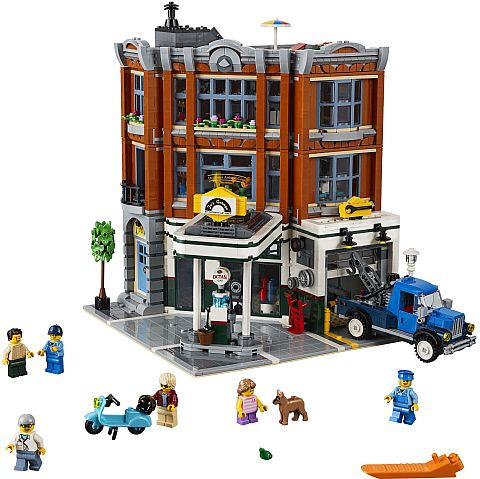
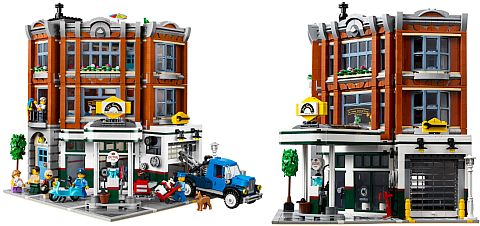
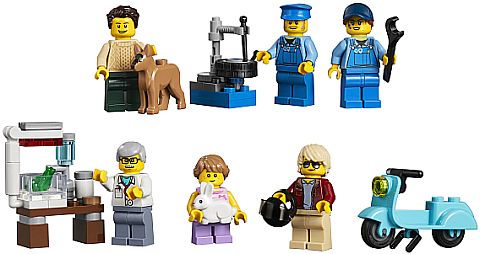
Here are some additional pictures of the three levels of the building, showing the garage, the vet’s office, the apartment, and the roof. There are some nice (and funny) printed elements, like the window for the vet’s office, the sign for the garage, and the sign for the gas station.

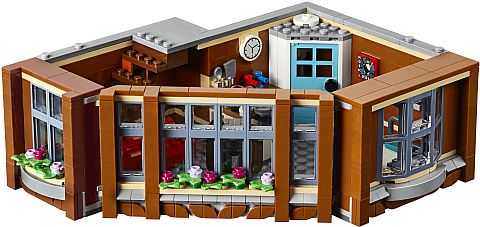
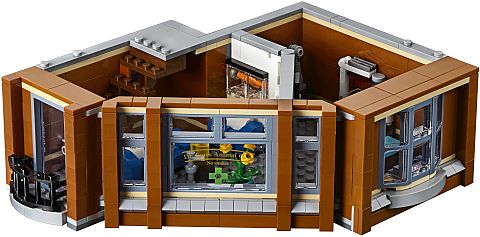
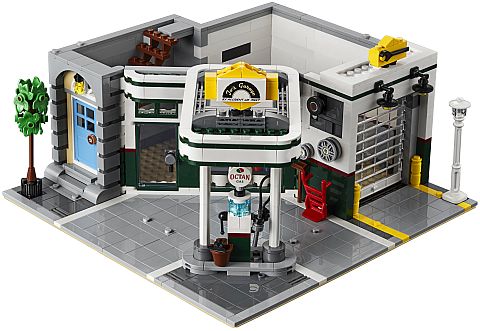
And here are some more pictures of the interior, starting with the garage, then the vet’s office, and a couple of pictures from the apartment. I quite like the blue service truck!


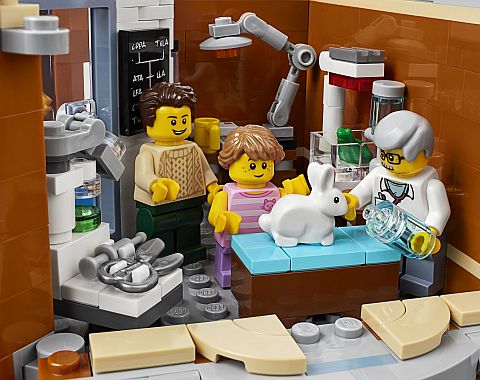
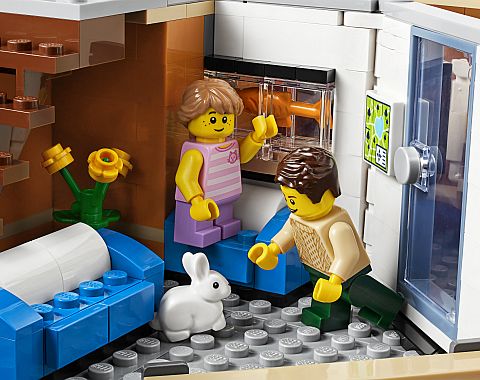
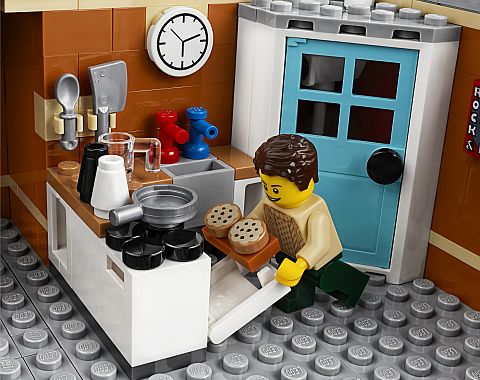
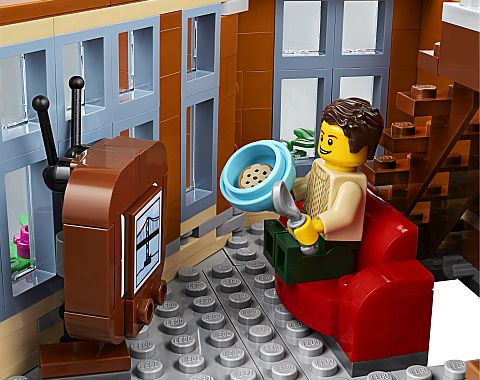
The #10264 LEGO Creator Expert Corner Garage will be available directly from LEGO via official LEGO stores and the Online LEGO Shop. Prices are as follows: US $199.99 – CA $269.99 – DE 179.99€ – UK £159.99 – FR 189.99€ – DK 1,499DKK – AU 299.99 (Euro pricing varies by country). For more details, and the find the other currently available LEGO Modular Buildings, visit the LEGO Creator section of the Online LEGO Shop.
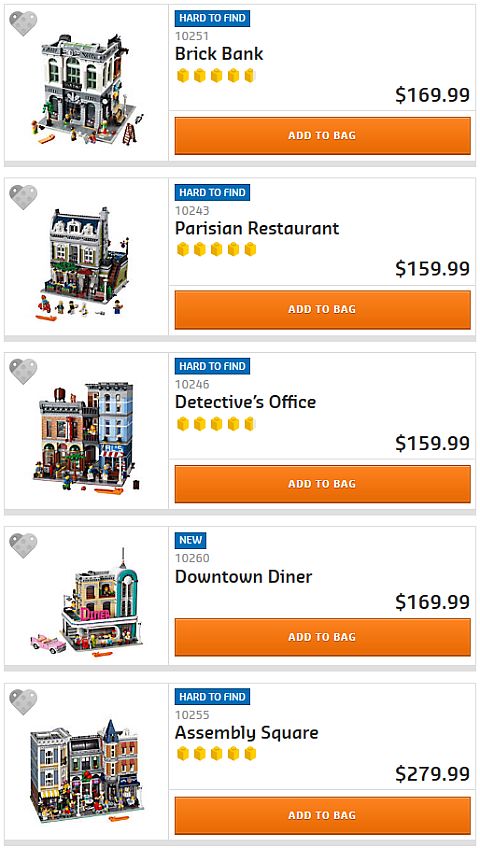
What do you think? How do you like the #10264 LEGO Creator Expert Corner Garage? Do you collect the LEGO Modular Buildings? Are you planning to add this set to your collection? Which one is your favorite LEGO Modular Building so far? Feel free to share your thoughts and discuss in the comment section below! 😉
And you might also like to check out the following related posts:


